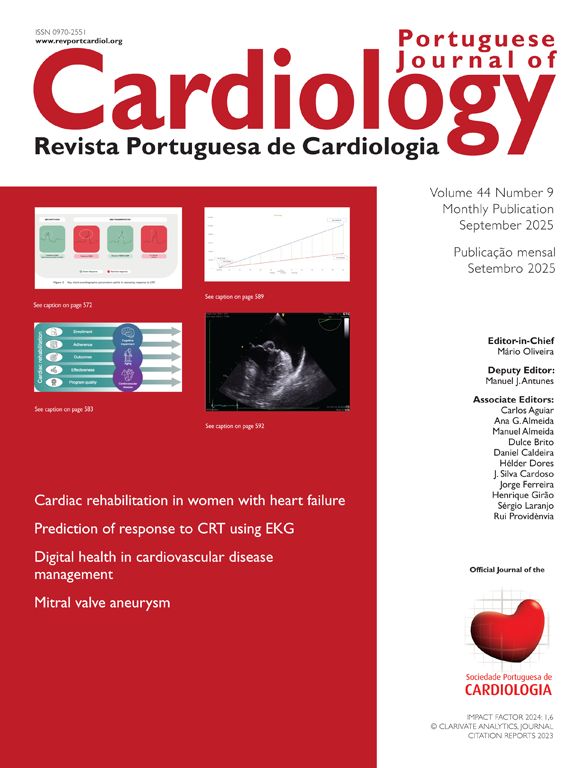Pathological cardiac hypertrophy remains a major clinical challenge, as it is closely linked to an increased risk of heart failure and sudden cardiac death. A deeper understanding of the underlying molecular mechanisms, along with the identification of effective therapeutic strategies, is therefore essential. In this context, the recent study by Feng et al.1 is of particular relevance. The authors demonstrated that dapagliflozin activates AMP-activated protein kinase (AMPK)α2, leading to the induction of mitophagy and, subsequently attenuates myocardial hypertrophy.1 Using a model of isoprenaline-induced cardiac hypertrophy, the authors demonstrate that dapagliflozin promotes mitophagy – the selective elimination of dysfunctional mitochondria by autophagy – through AMPKα2 signaling pathway activation. This finding is of great significance, as mitochondrial quality plays a critical role in cardiac health.2 Indeed, mitochondrial dysfunction is a well-known driver of onset and development of cardiac hypertrophy and progression from hypertrophy to heart failure.3 Therefore, strategies that enhance mitochondrial renewal may be innovative therapeutic approaches to tackle cardiac hypertrophy. In general, the activation of AMPK is associated with the promotion of cell survival pathways and metabolic adaptation. In the heart, AMPK, particularly the α2 subunit, is known to regulate mitochondrial biogenesis and turnover.
Since 2013, when the U.S. Food and Drug Administration (FDA) approved the first sodium-glucose cotransporter-2 inhibitor (SGLT2i) for the treatment of type 2 diabetes, this drug class has gained widespread use and clinical relevance.4 SGLT2 inhibitors, including dapagliflozin, empagliflozin, and ertugliflozin, work by inhibiting glucose reabsorption in the proximal renal tubules, thereby promoting urinary glucose excretion and improving glycemic control. Beyond their glucose-lowering effects, these agents have demonstrated significant cardiovascular and renal benefits in large-scale clinical trials, prompting their inclusion in treatment guidelines, not only for type 2 diabetes but also for heart failure and chronic kidney disease. Dapagliflozin has, for example, been widely prescribed to treat type 2 diabetes, chronic (long-term) heart failure and chronic kidney disease.4,5 In the heart, dapagliflozin, has been shown to reduce markers of cardiac hypertrophy and improve cardiac function.6 In the study by Feng et al., by linking dapagliflozin to the AMPK signaling axis, the authors further explore the idea that the benefits of SGLT2i go beyond glycemic control and reach core processes of cellular homeostasis. This study significantly advances our understanding by identifying a specific molecular mechanism through which dapagliflozin directly protects the myocardium. Notably, this work demonstrates that this cardioprotective effect is independent of glycemic control, highlighting dapagliflozin's therapeutic potential in non-diabetic conditions such as heart failure with preserved ejection fraction (HFpEF).7 Importantly, if confirmed in clinical settings, this mechanism could pave the way for novel therapies targeting AMPK activation and mitochondrial quality control.
In conclusion, this study adds new evidence that SGLT2i, such as dapagliflozin, exert pleiotropic cardiovascular effects, by mitigating adverse cardiac remodeling. Although the current data are preclinical, they provide a robust foundation for future investigations and highlight the potential for novel therapeutic indications in the near future. Further studies, especially clinical trials, will be crucial to validate these effects and translate the molecular findings into tangible clinical benefits for patients.
Conflicts of interestThe authors have no conflicts of interest to declare.





